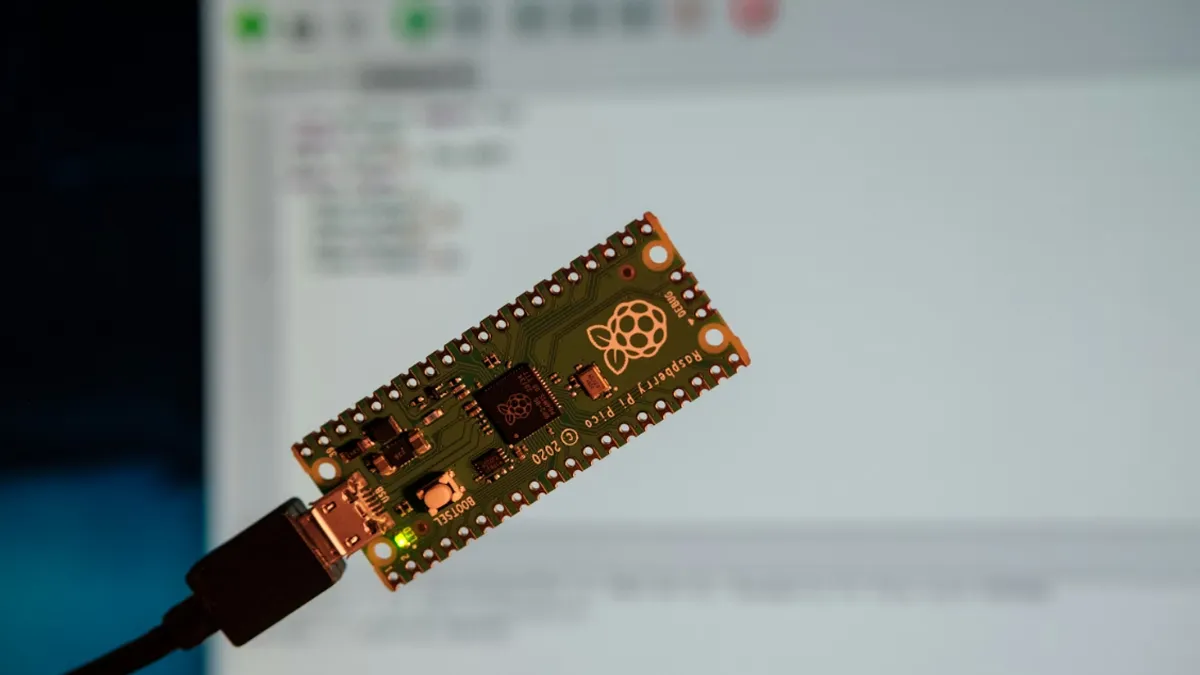
European Safety Certification Tests for Vacuum Cleaners
Provided by JJR Laboratory, China
Destination
EU – Europe
Products Involved
Vacuum Cleaner
1. Vacuum Cleaners
1.1 Standards for Domestic Use
- iec 60335-2-2:2019
- EN 60335-2-2:2010 + A11:2012 + A1:2013
- IEC 60335-1:2010 + A1:2013 + A2:2016
- EN 60335-1:2012 + A11:2014 + A13:2017 + A1:2019 + A14:2019 + A2:2019 + A15:2021
1.2 Standards for Commercial Use
- IEC 60335-2-72:2021
- EN 60335-2-72:2012
- IEC 63327:2021
- EN IEC 63327:2021
2. Dust Collection Units
2.1 Standards
- IEC 60335-2-2:2019
- EN 60335-2-2:2010 + A11:2012 + A1:2013
- IEC 60335-2-29:2016 + AMD1:2019
- EN 60335-2-29:2021 + A1:2021
- J60335-1(H27)
- J60335-2-2(2022)
- J60335-2-29(2019)
3. Handheld Vacuum Cleaners
3.1 Standards
- IEC 60335-2-2:2019
- IEC 60335-2-10:2002 + A1:2008
- EN 60335-2-2:2010 + A11:2012 + A1:2013
- EN 60335-2-10:2003 + A1:2008
Special Requirements for Vacuum Cleaners
3.2 Relevant Standards
- IEC 60312:2000, IEC 60312:2007, IEC 60312-1:2010 + A1:2011
- IEC 60312-2:2010
- IEC 62885-2:2016: Performance tests for dry household vacuum cleaners
- Dust removal efficiency
- Filtration efficiency
- Dust re-emission
- Movement resistance
- Impact resistance of detachable cleaning heads
- Operating radius
- Deformation and impact tests of hoses and connecting pipes
- Noise levels
- Energy consumption and motor life
- (EU) No 665/2013 & No 666/2013: Vacuum cleaner energy and labeling requirements
- IEC 62929:2014: Performance of dry-cleaning robots for household use
- Dust removal ability
- Autonomous navigation and coverage rate
- Average speed
- IEC 60704-2-1:2000 & ABNT NBR 13910-1:1997: Noise tests
Test Information
1. Robot Vacuum Cleaners
1.1 Battery
1.1.1 Certification Requirements
- Battery cells and packs
- iec 62133-1: Nickel-metal hydride batteries
- IEC 62133-2: Lithium-ion batteries
1.1.2 Structural Requirements
- Temperature protection: NTC
- Current protection: Charging cut-off
- Voltage protection: Balanced charging
1.1.3 Test Requirements
- 24-hour charging, 168-hour overcharge, terminal short-circuit tests
- IEC 60335-1:2020
- Battery information: End-of-discharge voltage, upper charging voltage limit, and rated capacity (C5 Ah).
- Normal temperature charging tests.
- Unbalanced charging tests: Charging one battery cell to 50% capacity.
1.2 Fire Prevention
- Battery terminals, motor carbon brush supports
- Charging terminal supports and DC inlet
1.3 Software Evaluation
- Motor overload protection
- 1-second pick-up protection: Ensures hazardous moving parts stop within 1 second when picked up
- Cliff detection protection: Prevents falling off edges
- Obstacle avoidance protection
- Low voltage protection: Ensures the product stops or returns to charge before critical safety functions fail
1.4 Mechanical Hazards
- 22.40 Additions: Mobile parts require a safety switch to stop operation.
- 22.201 Requirements
- Stop movement within 1 second
- Prevent falling from cleaning surfaces
2. Dust Collection Units
2.1 Electric Shock Protection
- Built-in Power Board
- Safety Extra-Low Voltage (SELV): 42.4V
- Class II products require reinforced or double insULation
- Internal wiring must meet triple insulation standards
- Transformer Isolation Requirements
- Primary and secondary pins and coils must be isolated
2.2 Structural Requirements
- Protection Class: Recommend Class I
3. Handheld Vacuum Cleaners
3.1 UV Light Protection
- Electronic protection switches
- UV leakage control and sterilization rate tests
3.2 Stability
- Base and hook design stability
Common Issues
- IPX4 Protection: Products with water suction capabilities must meet IPX4 requirements.
- Battery Terminal Design and Fire Prevention
- Add fiberglass sleeves
- Fireproof battery compartment
- Maintain a ≥3mm gap between terminals and surrounding materials
Certification and Testing Services Provided by JJR Laboratory, China
Email:hello@jjrlab.com
Write your message here and send it to us
 Infant Support Pillow 16 CFR 1243/1242 & ASTM
Infant Support Pillow 16 CFR 1243/1242 & ASTM
 BRM Registration Card Under CFR Part 1130 Regulati
BRM Registration Card Under CFR Part 1130 Regulati
 How to get a D-U-N-S® Number for US FDA Registrati
How to get a D-U-N-S® Number for US FDA Registrati
 Household Massage Devices Compliance in the China
Household Massage Devices Compliance in the China
 Compliance for the Global In Vitro Diagnostic (IVD
Compliance for the Global In Vitro Diagnostic (IVD
 Compliance Guide for Nebulizers in European and Am
Compliance Guide for Nebulizers in European and Am
 Cybersecurity Certification Service for EU RED Dir
Cybersecurity Certification Service for EU RED Dir
 ANATEL Certification Compliance Guide for Brazil M
ANATEL Certification Compliance Guide for Brazil M
Leave us a message
24-hour online customer service at any time to respond, so that you worry!




